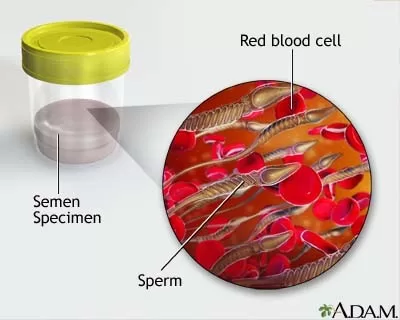A broken thumb is not just an inconvenience; it can drastically impact your daily life, making even simple tasks difficult. Understanding the nature of a thumb fracture is essential for managing your symptoms and facilitating recovery. Symptoms of a broken thumb may include intense pain, swelling, and bruising, which can hinder your ability to grip and perform essential activities. Proper treatment for a broken thumb is crucial, as it can vary from splints for minor injuries to surgical procedures for severe fractures. In this guide, we will delve into the world of thumb injuries, providing insights into their symptoms, effective treatments, and how to recover from a thumb fracture.
When we talk about thumb injuries, the terms “thumb fracture” and “thumb break” are often used interchangeably. Regardless of the nomenclature, the impact of a broken thumb on functionality and daily tasks remains significant. This type of thumb injury can range from manageable to severe, depending on the extent of damage incurred. Understanding the symptoms of individual cases is crucial for timely intervention, which can include a variety of treatments aimed at facilitating recovery and restoring full use of the hand. Throughout this discussion, we will explore the implications of such injuries, emphasizing the importance of swift medical response and recovery strategies.
Recognizing Broken Thumb Symptoms
When dealing with a suspected broken thumb, it is crucial to recognize the key symptoms that may arise. The most prominent indication is pain that amplifies with movement or pressure on the area. Alongside pain, swelling is typically noticeable, making it difficult to move the thumb. Bruising might also develop around the injury site due to bleeding under the skin, which adds to the visual cues indicating a fracture. The presence of any deformation or misalignment of the thumb should be taken as an urgent signal to seek medical attention.
In some instances, individuals may still exhibit a degree of functionality with a broken thumb, perhaps due to minor fractures or less severe injuries. However, using it in such a state can lead to heightened pain and hinder healing, prompting the need for a thorough assessment by a healthcare professional. Timely diagnosis is vital, as both the symptoms and examination results help inform the best path for treatment.
Frequently Asked Questions
What are the common broken thumb symptoms to look out for?
Common broken thumb symptoms include intense pain, swelling, bruising, and in some cases, visible deformity of the thumb. If you suspect a thumb injury, seek medical attention for diagnosis.
How is a thumb fracture diagnosed and treated?
A thumb fracture is diagnosed through an X-ray to assess the injury’s severity. Treatment options vary and may include splinting for minor fractures or surgery for severe ones to realign the bones.
Can a person still use their hand with a broken thumb?
Yes, some level of functionality may remain even with a broken thumb. However, this often comes with significant pain and may limit the range of motion, depending on the fracture’s severity.
What is the typical recovery time for a broken thumb?
Recovery from a broken thumb generally takes between 6 to 12 weeks. This timeline can vary based on the fracture’s severity and the individual’s adherence to treatment protocols.
What role does rehabilitation play in recovering from a thumb injury?
Rehabilitation is crucial in recovering from a thumb injury, as it helps regain mobility and strength post-treatment. Following a healthcare provider’s guidance during rehab can facilitate a better recovery.
| Category | Details |
|---|---|
| Symptoms and Diagnosis | Pain, swelling, bruising, and possible deformity. X-rays confirm diagnosis. |
| Functional Capacity | Some movement may still be possible depending on the severity of the fracture, but with pain. |
| Treatment Options | Minor fractures: splinting/casting. Severe fractures: possible surgery and rehabilitation. |
| Recovery Process | Typically 6-12 weeks with careful follow-up and attention to complications. |
Summary
A broken thumb can still function to some extent, but it comes with pain and restricted mobility. It’s essential to understand the signs of a broken thumb, as well as the appropriate treatment options and recovery processes involved. Recognizing symptoms early, obtaining an accurate diagnosis, and adhering to treatment recommendations from healthcare providers are vital for proper healing. With appropriate care, many individuals can regain full functionality following a broken thumb injury.
The content provided on this blog (e.g., symptom descriptions, health tips, or general advice) is for informational purposes only and is not a substitute for professional medical advice, diagnosis, or treatment. Always seek the guidance of your physician or other qualified healthcare provider with any questions you may have regarding a medical condition. Never disregard professional medical advice or delay seeking it because of something you have read on this website. If you believe you may have a medical emergency, call your doctor or emergency services immediately. Reliance on any information provided by this blog is solely at your own risk.






